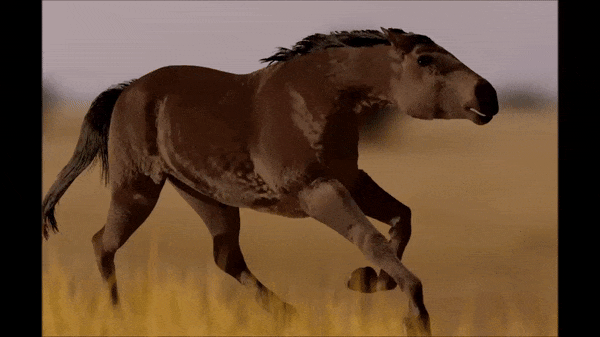Something like this:
but on a full body scale?
You're in for a world of pain.... I'd say you're mad, but that's exactly what I'm working on!
Still, you really should get a mesh to work 100% WITHOUT any muscles first - not just to get the hang of it but because if it doesn't work on its own, no amount of extras will fix it.
After that you'll have to model each and every single muscle, attach it to the rig so it contracts and stretches when the respective bones move (I recommend a mix of bones with Stretch To constraints, and Shape Keys for fine tuning), then make the main mesh act like a skin that stretches over the muscles using the Shrinkwrap modifier.
You'll have to first sculpt and then do another mesh over the original (retopology) manually, giving it excellent flow. Anything less than perfect will give you render artifacts, joints that don't flex properly, and the skin will never flow nicely around the muscles. My biceps animation above is an example of TERRIBLE topology, full of wacky vertexes on the armpit and where the blood vessel deforms the skin. (it was meant to be just a prototype, so I used the native remesher - never again)
After that you'll have to model each and every single muscle, attach it to the rig so it contracts and stretches when the respective bones move (I recommend a mix of bones with Stretch To constraints, and Shape Keys for fine tuning), then make the main mesh act like a skin that stretches over the muscles using the Shrinkwrap modifier.
If you're feeling extra crazy you may even want to delve into Soft Body physics and give your muscles a "squishy" feel when they are thrown around.
That's really ambitious for someone who just started learning but if that's your goal, this is the way to go.


